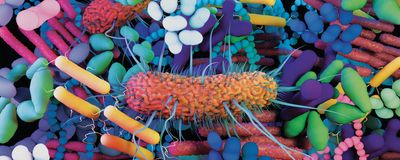virology
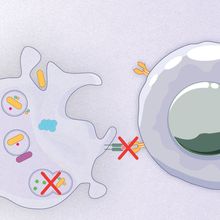
How to Get Away from the Immune System
Mariella Bodemeier Loayza Careaga, PhD | Dec 13, 2024 | 3 min read
From manipulating host molecules to concealing their presence in the host’s body, microbes employ a wide range of tactics to dodge immune detection.
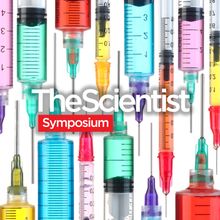
New Frontiers in Vaccine Development
The Scientist Staff | Dec 12, 2024 | 2 min read
Discover how scientists are designing the next groundbreaking vaccines against infectious diseases.

Solutions for Accelerating Infectious Disease Research
The Scientist Staff | Nov 15, 2024 | 2 min read
Researchers need a comprehensive toolbox for infectious disease research as they race against the next pandemic.
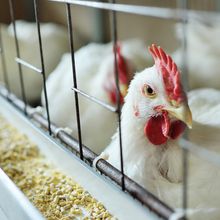
A Wastewater Surveillance Program Sounds the Alarm on Avian Influenza
Deanna MacNeil, PhD | Nov 14, 2024 | 6 min read
Born from the COVID-19 pandemic, a viral-agnostic approach blends sequencing research and public health to get ahead of bird flu transmission.
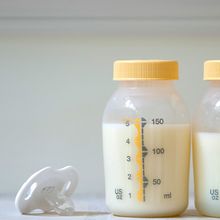
Viral Activation Can Shape Breast Milk Composition
Nathan Ni, PhD | Sep 19, 2024 | 5 min read
A new study employs a multiomic approach to study how cytomegalovirus activation impacts breast milk bioactive factors and the infant microbiota.
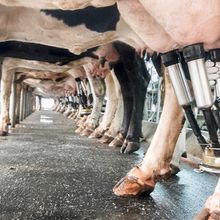
Deciphering the Unusual Pattern of Bird Flu Symptoms in Cows
Danielle Gerhard, PhD | May 15, 2024 | 6 min read
The distribution of flu virus receptors in cow mammary glands helps explain the high H5N1 viral loads in milk, but it also raises concerns about risks to human health.
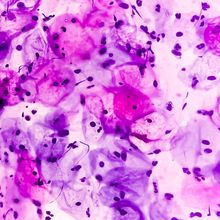
Why Some HPV Infections Carry More Cervical Cancer Risk
Dan Robitzski | Feb 2, 2023 | 5 min read
Where and how human papillomavirus integrates itself into the human genome steers the infection’s clinical outcomes, finds a large, multifaceted study.
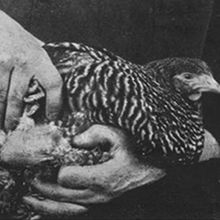
Transmissible Tumors, 1909
Katherine Irving | Jan 2, 2023 | 2 min read
Pathologist Peyton Rous made a groundbreaking discovery in the early 20th century, but his work wasn’t widely recognized until more than 40 years later.

Monir Moniruzzaman Studies the Secrets of Giant Viruses
James M. Gaines | Jan 2, 2023 | 4 min read
The University of Miami researcher studies how a mysterious group of supersized viruses infects and influences the evolution of their hosts.
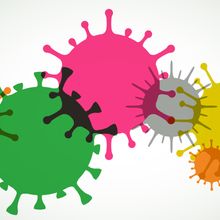
What Happens When You Catch More than One Virus?
Alejandra Manjarrez, PhD | Dec 7, 2022 | 8 min read
The “tripledemic” shines a spotlight on viral interference, in which one infection can block another.
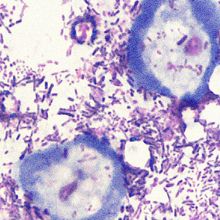
Recently Discovered Virus Family Infects a Human Oral Amoeba
Alejandra Manjarrez, PhD | Dec 1, 2022 | 3 min read
Redondoviruses, which have been associated with cases of periodontitis and other diseases, turn out to live inside the amoeba Entamoeba gingivalis.
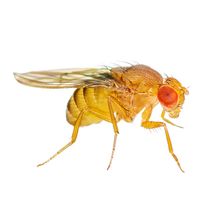
Scientists ID Heart-Damaging SARS-CoV-2 Protein
Grace van Deelen | Nov 22, 2022 | 3 min read
In flies and mice, a viral protein increases the rate of energy use by heart cells. But it’s not yet clear if the finding applies to humans.
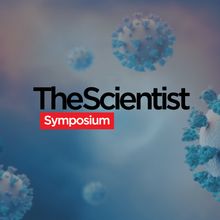
COVID-19: Lessons Learned
The Scientist | Oct 27, 2022 | 2 min read
An expert panel will discuss what researchers have learned from the COVID-19 pandemic and what lessons remain for the future.
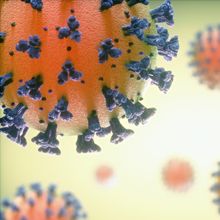
US Agency to Look into Project on Modified Coronavirus
Catherine Offord | Oct 18, 2022 | 3 min read
The National Institute of Allergy and Infectious Diseases was not aware that the work involved a chimeric strain of SARS-CoV-2, STAT reports.

Is a Winter COVID-19 Case Surge Coming?
Katherine Irving | Oct 17, 2022 | 3 min read
Low booster rates and immune-evading SARS-CoV-2 variants could spell bad news, experts say.
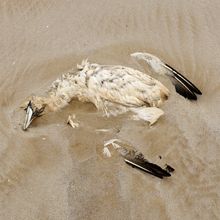
Unprecedented Avian Flu Epidemic Could Presage Year-Round Outbreaks
Christie Wilcox, PhD | Oct 4, 2022 | 2 min read
Nearly 50 million birds have been culled amid efforts to mitigate the spread of the virus, which continues to ravage the Northern Hemisphere.
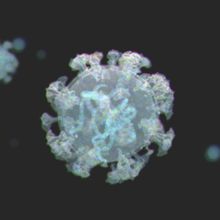
Experts Mixed on Risk of “Centaurus” Omicron Subvariant
Dan Robitzski | Aug 15, 2022 | 3 min read
BA.2.75 is spreading rampantly in India and has so far reached at least 20 other countries, but it doesn’t seem to be outcompeting other Omicron SARS-CoV-2 subvariants.
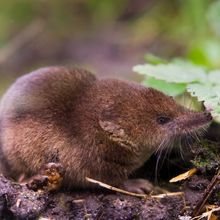
What Is This New Langya Virus? Do We Need to Be Worried?
Allen Cheng, The Conversation | Aug 11, 2022 | 3 min read
Here’s what we know so far about a new virus detected in eastern China.
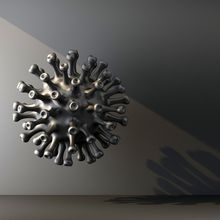
How the Omicron Subvariant BA.5 Became a Master of Disguise—and What It Means for the Current COVID-19 Surge
Suresh V. Kuchipudi, The Conversation | Jul 26, 2022 | 4 min read
Several mechanisms contribute to the increased transmissibility of this SARS-CoV-2 variant.
